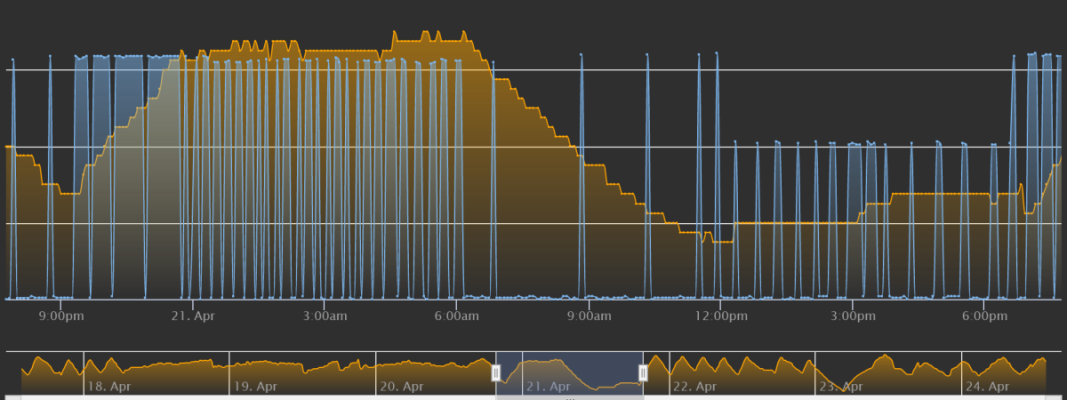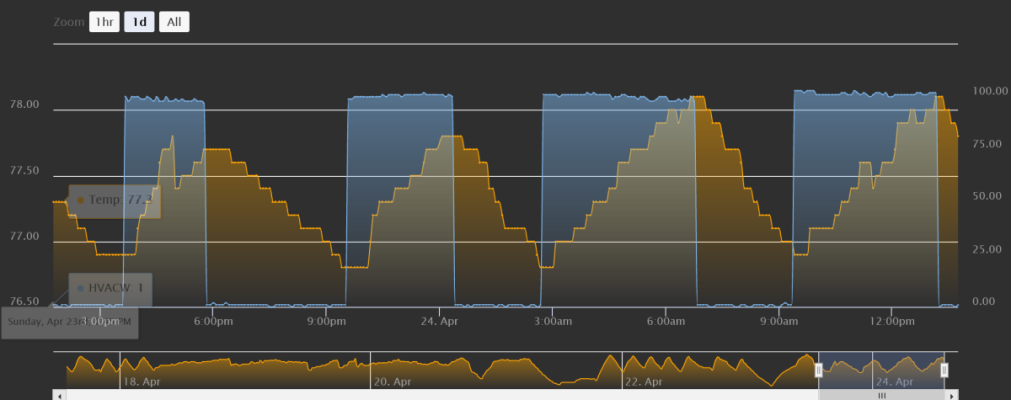You should never "oversize" heaters. A properly sized heater will run ~80% or more of the time on the coldest room day of the year.^^ This ^^ I will never run a tank without a controller. 2 oversized titanium heaters for redundancy connected to an inkbird for me. The inkbird are affordable and have been extremely reliable for me. They have several models. I have the wifi version and I also have one that has heat and cool so I can use it for heat and tank fan (no chiller). Good bang for the buck if you don't want a full blown controller like an apex which I do not want.
I wouldn't worry about the time alarm/safety feature. It is not a reliable indicator of anything.
The controller should control the temp - the thermostats on the heaters set (physically by feel, not dial) just above the controller's set point when the tank reaches temp.




















